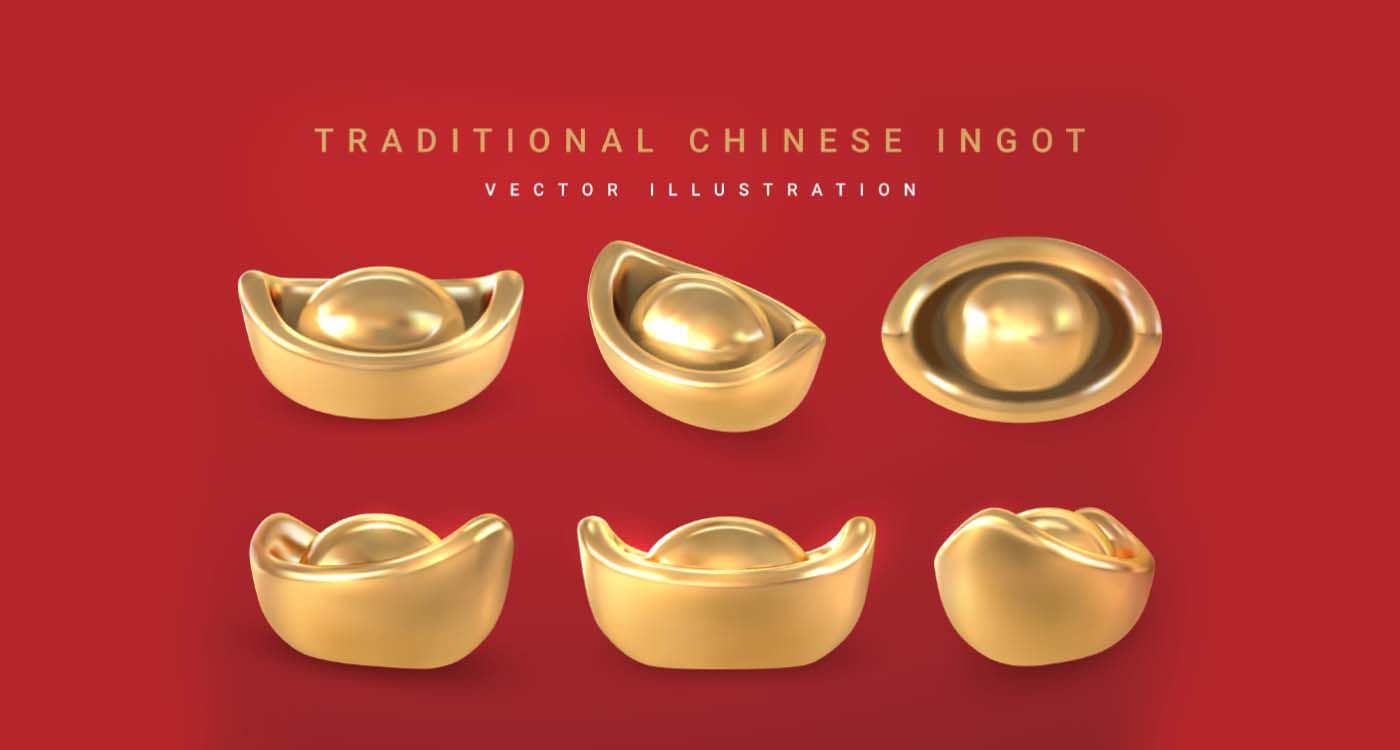
Could there be synthetic gold, distinct from naturally mined gold, similar to lab-grown diamonds? The question is intriguing, and the answer is nuanced.
China has developed a new type of gold called “Hard Pure Gold,” a breakthrough that could transform the global jewelry market and strengthen Beijing’s influence in the gold trade. With a record domestic production of 380.2 tons by the end of 2024, China remains the world’s top gold producer.
What is China’s ‘Hard Pure Gold?’
A Beirut jeweler, who requested anonymity, explains that this gold is entirely different from the “Chinese gold” used in costume jewelry. Those pieces are simply metal accessories coated with a thin layer of gold just a few microns thick, without true 21-carat or 24-carat purity. They are often hollow and lightweight, creating the illusion of volume without increasing the actual gold content.
By contrast, China’s “Hard Pure Gold” is certified at 99.9% purity (24 carats) and is far more resistant to scratches and deformation. This makes it ideal for crafting fine, sophisticated jewelry designed for everyday wear – a challenge that conventional gold, being too soft, could not meet.
This innovation represents a major milestone for the jewelry industry. It enables the production of more durable 24-carat pieces, including sturdy rings and bracelets, intricately detailed necklaces, and even three-dimensional designs (3D Hard Gold), such as those created by Chow Tai Fook, the renowned Chinese luxury jewelry house.
Five Advantages of China’s Hard Pure Gold
Experts highlight several key benefits of China’s Hard Pure Gold. It combines exceptional purity and durability, merging advanced technology with traditional craftsmanship. Unlike 18-carat or 21-carat gold, it allows for the production of 999 or 99.99 fineness (99.9% or 99.99% gold) jewelry without any metal additives. Its enhanced hardness enables precise, three-dimensional designs, opening the door to more intricate and sophisticated creations. The gold also maintains its shine and color over time, resisting external wear and environmental factors. Beyond its aesthetic appeal, it serves as a reliable investment, representing high-quality pure gold.
Specialists recommend that buyers look for the “AU999” hallmark, purchase from reputable retailers, request a certificate of purity and avoid resizing after purchase, since this type of gold is difficult to solder.
A Lasting Safe Haven
Unlike simple gold plating, China’s Hard Pure Gold preserves its shine and durability over time, making it a reliable safe haven asset comparable to traditional gold. Its production starts with genuine gold ingots, processed through electroforming and successive casting using hollow nanometric electrochemical forming techniques that enhance both strength and precision.
These methods produce lighter jewelry while maintaining high gold content, appealing especially to younger consumers. Pricing is based on weight, and Hard Pure Gold follows the same buying, selling and market fluctuation rules as conventional gold.
In short, China’s Hard Pure Gold is neither an artificial substitute nor a mere fashion accessory. It is highly pure, durable gold suitable for fine jewelry, everyday wear and investment, with the potential to reshape the global gold market.
China’s strategy is clear: to secure supplies of rare and precious metals. Already the world’s leading gold refiner, Beijing primarily focuses on accumulating real gold rather than synthesizing it. Even if large-scale artificial gold production were possible, it would require massive energy, extremely costly nuclear infrastructure and international certification – without which such gold would not be recognized on global markets. Producing lab-grown gold would therefore be as difficult to legitimize as it would be to make profitable.





Comments